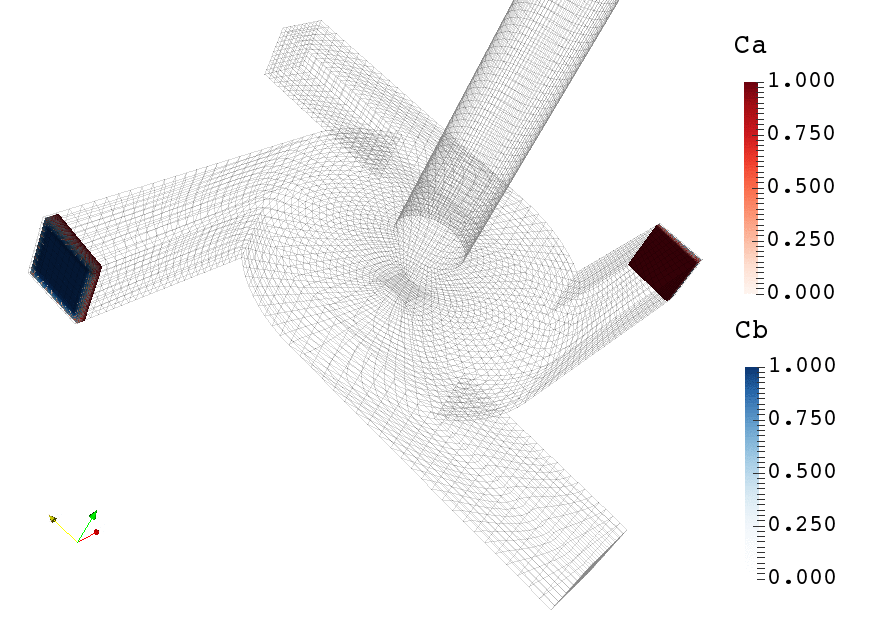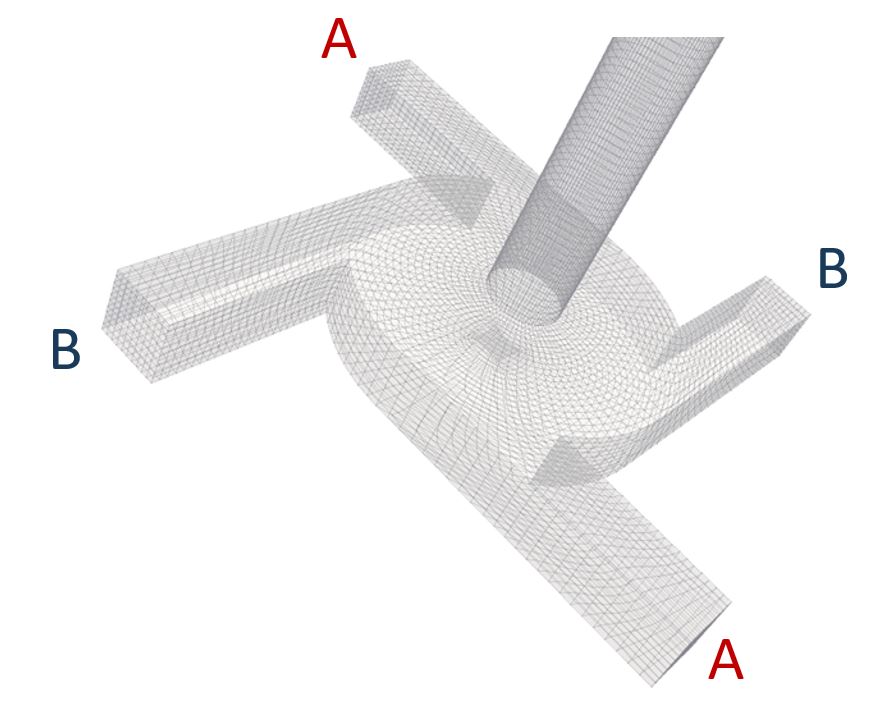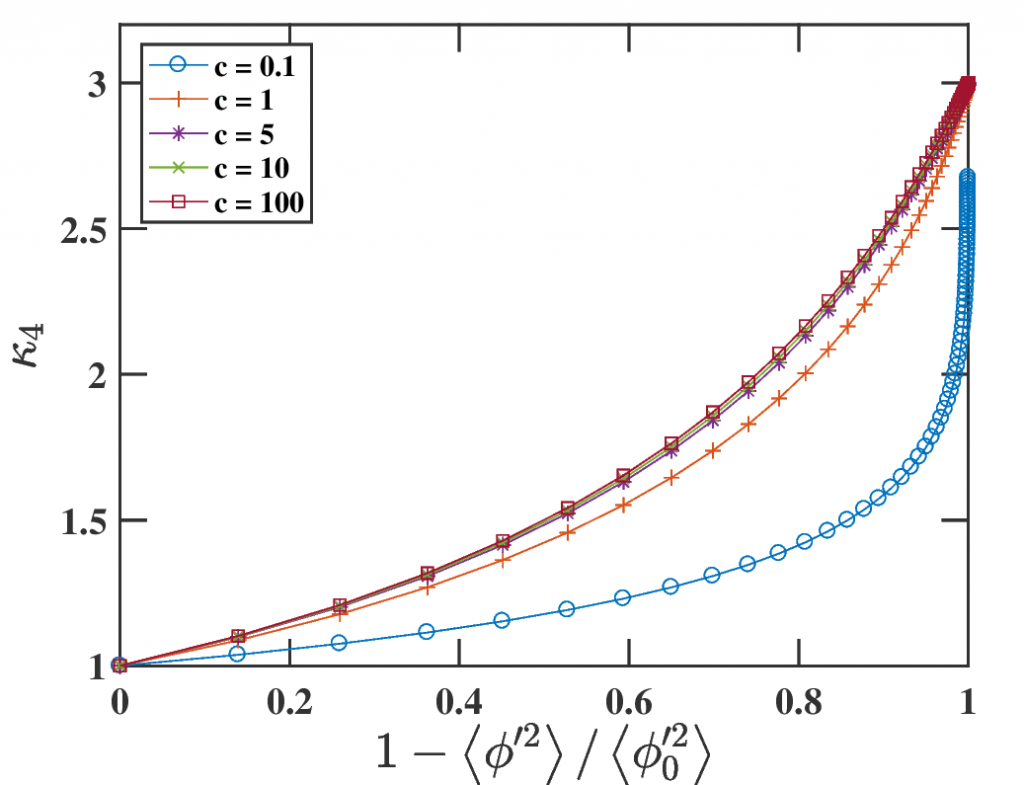The most accurate approach for modeling turbulent mixing is direct numerical simulation (DNS) which consists in directly discretizing the physical space, and solving the transport equation for the passive scalar along with the Navier-Stokes equation. However, this method is computationally prohibitive when applied to practical problems, due to the requirements in terms of spatial resolution, which needs to explicitly resolve the smallest of the Kolmogorov and Batchelor scales. Other strategies include large-eddy simulation and Lagrangian PDF methods are computationally more affordable than DNS, but still computationally intensive for many practical applications at the industrial and environmental scales. For practical applications, Reynolds-averaged Navier-Stokes (RANS) simulations are particularly attractive to describe turbulent mixing processes due to their low computational cost. In RANS methods, the evolution equation of the composition PDF is closed by introducing molecular mixing models, which are defined in terms of one-point turbulence statistics. These models typically require the scalar dissipation rate to be modeled, which may not be a trivial task in general non-homogeneous problems.


An extended quadrature method of moments using the β kernel density function (β-EQMOM) is used to approximate solutions to the evolution equation for univariate and bivariate composition probability distribution functions (PDFs) of a passive scalar for binary and ternary mixing. The key element of interest is the molecular mixing term, which is described using the Fokker–Planck (FP) molecular mixing model. Using scalar moments up to fourth order, the ability of the FP model to capture the evolution of the shape of the PDF, important in turbulent mixing problems, is demonstrated. Compared to the widely used assumed β-PDF model [S. S. Girimaji, “Assumed β-pdf model for turbulent mixing: Validation and extension to multiple scalar mixing,” Combust. Sci. Technol. 78, 177 (1991)], the β-EQMOM solution to the FP model more accurately describes the initial mixing process with a relatively small increase in computational cost.


Journal articles with peer review
- Madadi-Kandjani, E., Fox, R. O., and Passalacqua A. 2017. Application of the Fokker-Planck molecular mixing model to turbulent scalar mixing using moment methods. Physics of Fluids, 29, 065109.
Conference proceedings
- Madadi-Kandjani, E., Passalacqua, A., 2015. Solution of the Fokker-Planck equation using the extended quadrature method of moments. AIChE Annual Meeting, Salt Lake City, UT.